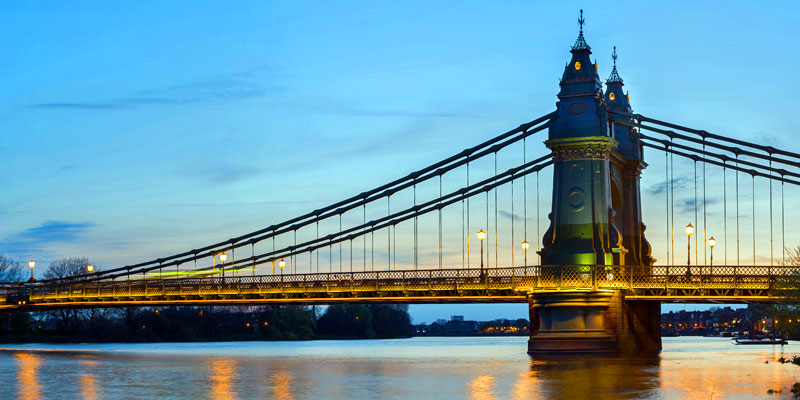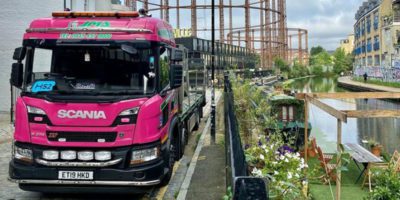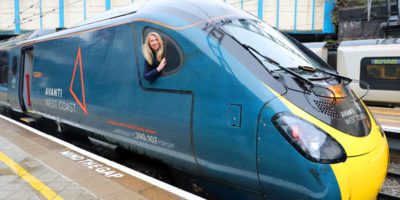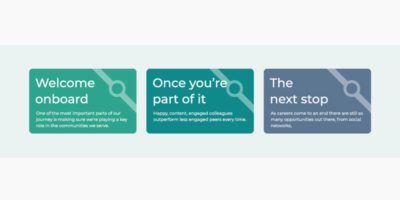Dana Skelley OBE is a chartered civil engineer, having worked many years for Transport for London and even launching her own consultancy, Grain of Sand Consulting. Dana is now a government advisor and a project director working on Hammersmith Bridge in London. She is also a trustee of the Chartered Institute of Highways and Transportation and the Brunel Museum.
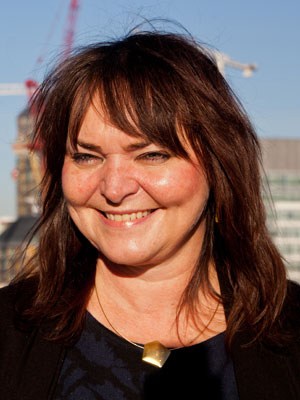
“One of the difficulties of attracting a diverse range of people into the sector is that teachers, educators, and parents do not really have an idea of what a day in the life of someone in transport infrastructure or engineering is like.”
Becoming an independent worker
I am a chartered civil engineer with thirty-five years of experience in transport infrastructure delivery, half of it with Transport for London in senior roles.
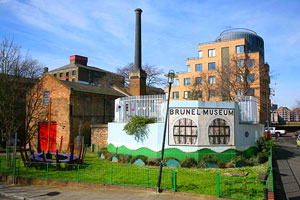
I decided to set up my own consultancy business in 2020 so that I could have a better work-life balance. I also wanted to find the time to give back to the industry by participating in charity work as a trustee of both the Chartered Institute of Highways and Transportation (CIHT) and the Brunel Museum.
I have been fortunate enough to have made so many valuable connections throughout my career that I have not needed to advertise my services. I am currently a government advisor and project director on Hammersmith Bridge, advising a county council on their highways division transformation, and advising private sector companies on bid strategies.
My work pretty much consists of reviewing drafts, reports, ideas, and proposals from others. Being an independent worker means you can sometimes say what others might want to say but can’t! Being your own boss has its merits, but motivation to start the day early when you are not fully occupied is not one of them. Neither is things like filing and organising meetings. One realises how reliant one has been on the skills and capabilities of others…
The importance of human interaction cannot be underestimated
I mostly work from home, so I really miss the buzz of an office and the opportunity to catch up with people unplanned — the coffee area chats where you can find out how people are feeling and what is playing on their mind. I think it is much more conducive to supporting people, and keeping abreast of developments in an office environment.
COVID has also obviously meant less travel and commuting – which I don’t mind ironically since I have spent a career in transport… But it has meant less face-to-face and human interaction which I think is vital for people’s wellbeing.
Before COVID, I would pursue many cultural activities, travel, museums, galleries, and theatre. I got energy and stimulation from these pursuits, they were a basis for discussion with family and friends and a quest to find out more. This I have missed hugely and am so pleased galleries, museums and theatres are open again and the social distance required actually makes them more enjoyable. I would highly recommend the Wife of Willesden currently at the Kiln Theatre in Kilburn – so witty and uplifting!
Working in transport is not all about muddy boots and steel beams
As a woman in what remains a white male-dominated world, I am really pleased to be working with the CIHT on an ambitious equality, diversity and inclusion strategy for the sector.
The CIHT is a membership body keen to influence more rapid change in the EDI agenda. One of the difficulties of attracting a diverse range of people into the sector is that teachers, educators, and parents do not really have an idea of what a day in the life of someone in transport infrastructure or engineering is like.
How inspiring, rewarding, challenging, and exciting it can be. That it is not all about muddy boots and steel beams, or a last resort career. It encompasses design, technology, stakeholder engagement, law, risk, and most importantly, genuine people.
It is about making a difference to our environment. I think we need to tell much better the story of the role of transportation in all our lives and the type of work one might do.
Subtle and subliminal discrimination must be tackled too
There is a lack of visible role models in our sector, and we could do better. Whilst overt discrimination is perhaps now tackled much more than it used to, there is much that remains in the form of subtle and subliminal forms of discrimination, and this is detrimental to people’s wellbeing and must be tackled.
We at CIHT plan to help educate CIHT members to call out these bad behaviours and provide e-learning modules with examples and remediation strategies, for example.
Organisations in the sector could commit to more reverse or reciprocal mentoring so that those at the top of an organisation can really understand what junior members of staff experience.
They may well have some new and modern ideas that hadn’t been thought of.
Job design and job descriptions need to be much more inclusive, providing opportunities for flexibility in working hours and using inclusive nonmacho language. University courses should include training in EDI and so should routes to Chartership.
Contributing to social value
Diversity of thought is so important in civil engineering because we will only find the best solutions if the teams who provide the solutions are made from the same demographic as the people they are designing and building for.
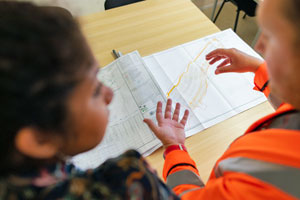
Ingenuity and perseverance
I feel I am contributing to social value as chair of the trustees of the Brunel Museum. We are an educational charity inspiring communities through exploration, learning and performance. It is the site of the first tunnel under a navigable river in the world, built by Sir Marc Brunel and his son Isambard Kingdom Brunel,and the story is one of ingenuity and perseverance.
We aim to inspire a new generation of engineers by bringing underrepresented people to the field of engineering. Our collaboration with Bizziebodies last year, for example, saw young people participate to develop skills in STEAM, history, climate change and aspects of Victorian architecture.
The right balance of challenge and support
I have had a lot of experience throughout my career of chairing boards, like the UK Bridges Board and the TfL Graduate and Apprentice Board, but being a trustee or non-executive is quite different – you need the right balance of challenge and support.
I think my experience being a CIHT council member helped me realise how important it is for charities to be run professionally and to understand their accountabilities fully. There is no line manager to refer to or learn from, and the governance is really important.
I think you really do need to be passionate about the work of the charity (and company), really believe that what you are supporting will make a difference to society. Our board members come from a wide range of careers from engineers to accountants to media specialists, but we all want to bring our own specialisms and experience to make a success of the museum and its objectives.
https://www.linkedin.com/in/dana-skelley-obe-9a7a652a/
grainofsandconsulting@gmail.com
https://www.thebrunelmuseum.com/
https://twitter.com/BrunelMuseum
https://www.lbhf.gov.uk/transport-and-roads/hammersmith-bridge-all-you-need-know-and-latest-updates
Main image credit: By Diliff – Own work, CC BY-SA 3.0, https://commons.wikimedia.org/w/index.php?curid=19085420
Brunel Museum image credit: Mrbryanejones (Bryan Jones) at en.wikipedia, CC BY-SA 2.5 <https://creativecommons.org/licenses/by-sa/2.5>, via Wikimedia Commons

